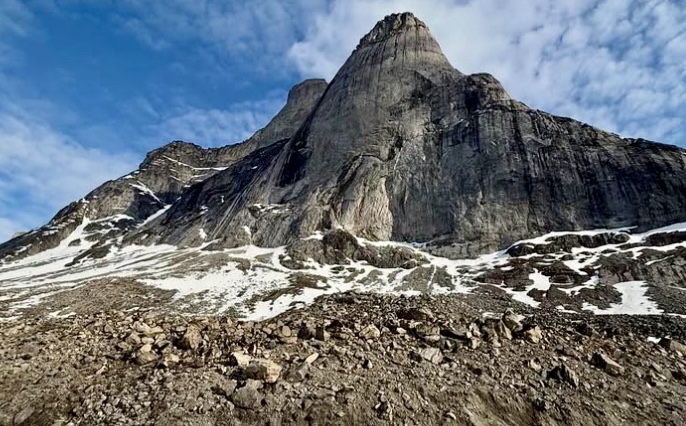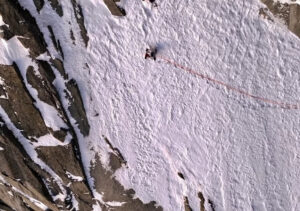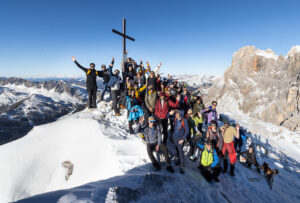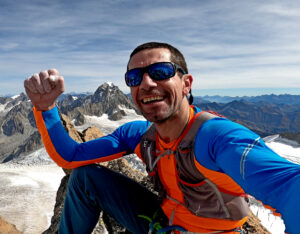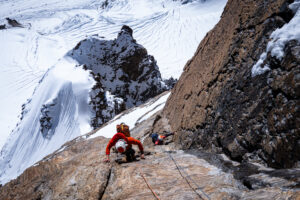Shira M. Biner, Kelly Fields, and Heather B. Smallpage have done a new 550m big-wall route on Eglinton Tower’s buttress on Baffin Island, Canada. This marks the first route of its length and difficulty (5.11+ A0) by an all-female team on Baffin Island. The group included Natalie Afonina.

Shira M. Biner, Kelly Fields, Heather B. Smallpage, and Natalie Afonina. Photo: Natalie Afonina
The daunting buttress rose approximately 893m above their Base Camp, with a challenging headwall that appeared nearly unclimbable from below. Over 12 long pitches and one cold bivouac, they summited of the first tower, only to discover a hidden 300m headwall leading to the true summit. Prioritizing safety and limited by food and energy, the team celebrated their milestone and made an 11-hour descent. The route included a tension traverse to avoid dangerous runout moves, but the climbers noted it could go free with one or two bolts.
Kelly Fields shared a personal reflection on her social media: “The summit was never my goal — surviving the ominous headwall was. I climbed with a respiratory infection and debilitating blisters, driven by a lifelong dream. Nothing and no one was going to stop me.”
She highlighted the team’s grit, climbing together for the first time and tackling an “insanely difficult and dangerous objective” in good style.
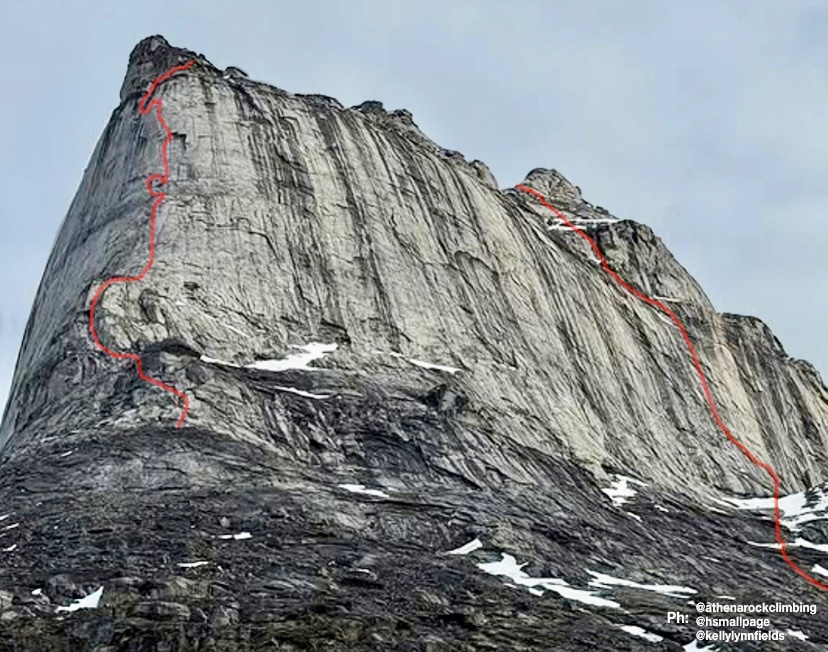
The new route, left. Photo: Athenarockclimbing via Carlos Garranzo
A long approach
The expedition included 250km of skiing on sea ice, paddling the Kogalu River, and trekking through Ayr Pass.
Eglinton Tower (933m) lies in remote Auyuittuq National Park’s Weasel Valley, near other prominent Arctic peaks like Mount Thor and Mount Asgard. According to the American Alpine Journal, its first recorded ascent was in 1934, by British climbers John Hanham and Tom Longstaff. That ascent was part of early exploratory mountaineering in Baffin Island, focusing on peak bagging rather than technical big-wall routes. The climb marked the tower as one of the earliest summited peaks in the region. However, it’s not a frequently climbed peak, due to its remoteness.
